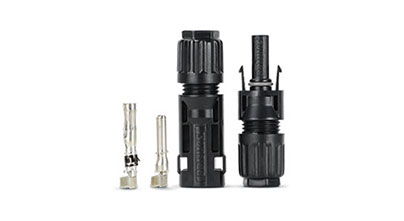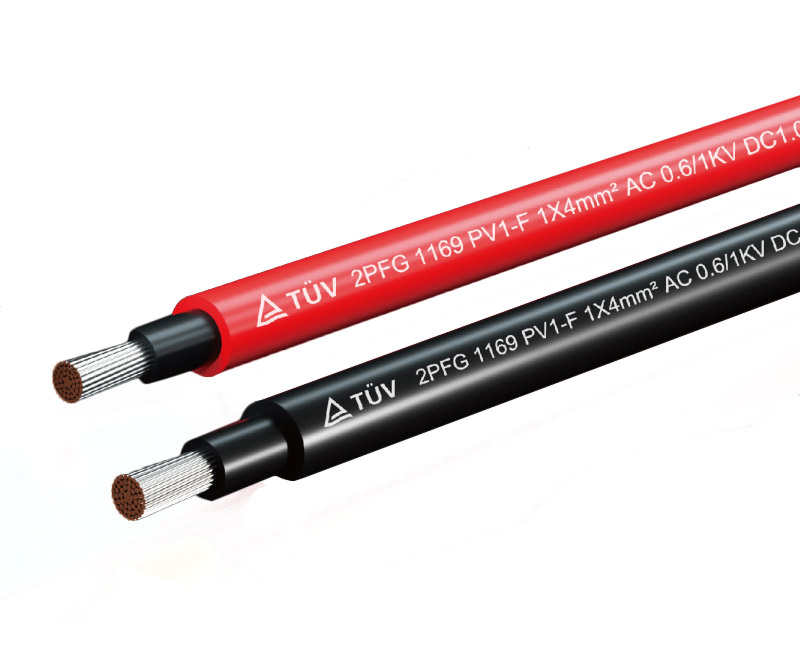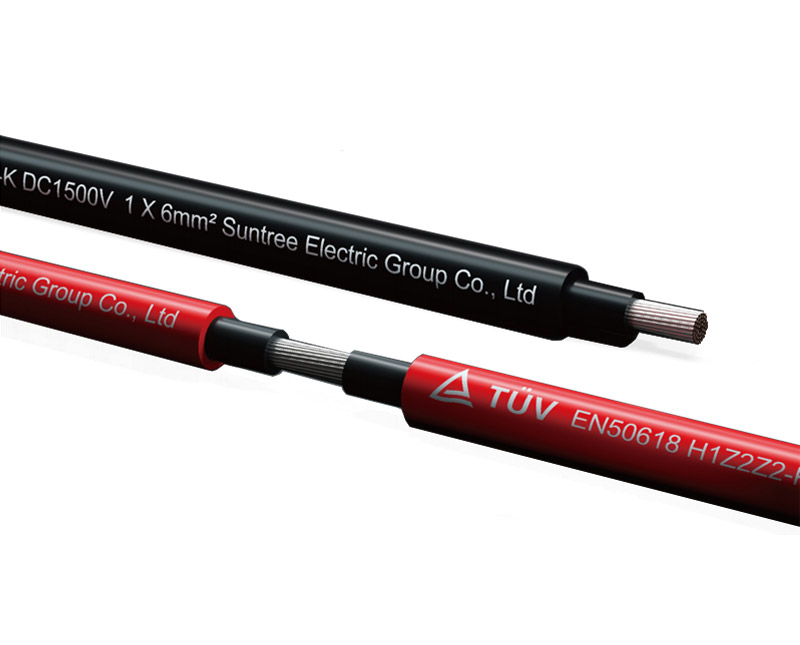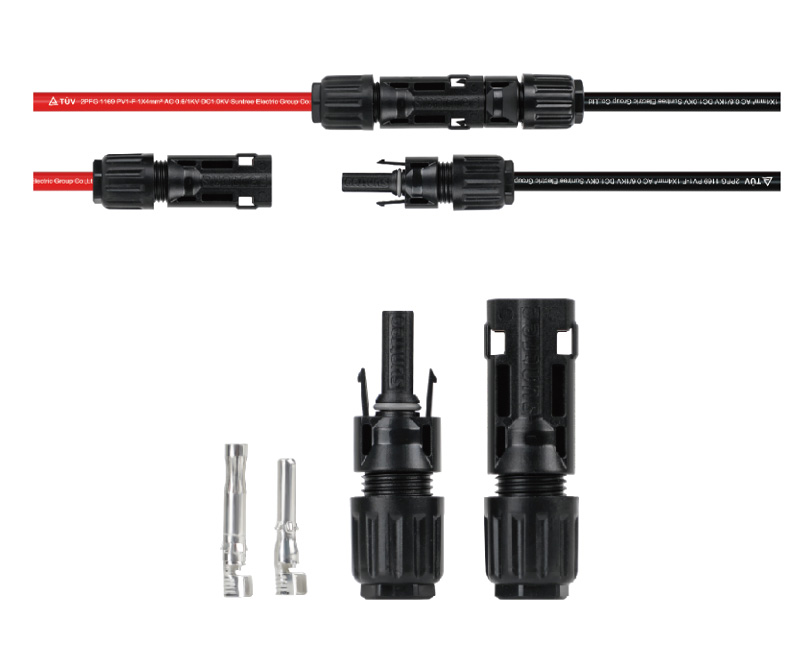Research on the Compatibility of Solar Wire
Solar Wire, as a kind of wire widely utilized in the solar energy field, plays a crucial role in ensuring the stable operation and high efficiency of the entire solar energy system. Its compatibility is of great significance. The following will analyze the compatibility of Solar Wire from multiple aspects.
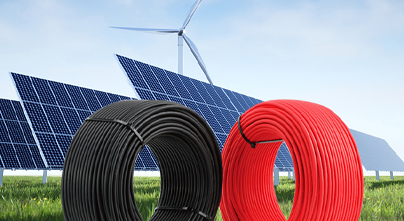
Compatibility with Solar Panels
1.Matching of Electrical Performance
The rated voltage and current-carrying capacity of Solar Wire must match the output parameters of solar panels. For instance, the output voltage of common solar panels is usually 12V, 24V or even higher. Solar Wire should be capable of transmitting these voltages safely and stably. It should not cause insulation breakdown due to excessive voltage or heat damage resulting from current overload. High-quality Solar Wire has an appropriate resistance value, which can effectively reduce power losses during transmission. In this way, it ensures that the electrical energy generated by the panels can be delivered to subsequent energy storage or electrical equipment to the greatest extent, thus safeguarding the power generation efficiency of the entire solar power generation system.
2.Adaptation of Connection Methods
Solar panels have various types of connection terminals, such as MC4 connectors and T4 terminals. Solar Wire should be equipped with compatible connectors to ensure a firm and reliable connection. Appropriate connection methods can not only reduce contact resistance and energy losses but also prevent safety hazards like sparking and open circuits caused by loose connections. This guarantees the continuity of power transmission between solar panels and other components.
Compatibility with Inverters
1.Matching of Input and Output Characteristics
Inverters generally have specific requirements for the input voltage range. The voltage transmitted by Solar Wire must fall within this range to ensure that the inverter can operate normally and convert direct current into alternating current. Meanwhile, the transmission capacity of Solar Wire also needs to meet the maximum power input requirements of the inverter. Otherwise, insufficient power transmission due to overly thin wires will affect the conversion efficiency and output power quality of the inverter. For example, in high-power solar power generation systems, it is necessary to use Solar Wire with a larger cross-sectional area to ensure that sufficient power can be provided to the inverter, preventing energy losses and system performance degradation caused by wire bottlenecks.
2.Compatibility of Signal Transmission
Some inverters need to communicate with solar panels to achieve intelligent control functions like Maximum Power Point Tracking (MPPT). In such cases, in addition to meeting the power transmission requirements, Solar Wire also needs to possess good signal transmission characteristics. It should not interfere with or attenuate the communication signals. Some specially designed Solar Wires adopt technologies such as shielding layers to effectively isolate external electromagnetic interference and ensure the stability of both power transmission and signal transmission. This enables the inverter to accurately receive information from solar panels and achieve efficient energy conversion and system control.
Compatibility with Energy Storage Devices
1.Adaptation of Charging Characteristics
When a solar power generation system is connected to an energy storage device (such as a storage battery), Solar Wire needs to adapt to the charging voltage and current requirements of the energy storage device. Different types of storage batteries, like lead-acid batteries and lithium-ion batteries, have distinct charging characteristics. Solar Wire should cooperate with the corresponding charging controllers to provide suitable charging current and voltage for the energy storage device. This helps avoid overcharging or undercharging, extends the service life of the energy storage device, and ensures the safety and reliability of the energy storage system. For example, when charging lithium batteries, which require relatively high precision in charging voltage and current, the performance stability and compatibility of Solar Wire are particularly important. It must be able to accurately transmit electrical energy to the battery pack under various environmental conditions to ensure the smooth progress of the charging process.
2.Support for Discharge Characteristics
During the discharge process of the energy storage device, Solar Wire also needs to be able to withstand the discharge current without generating an excessive voltage drop due to a sudden large current discharge. This is essential for ensuring a stable power supply to electrical equipment. Especially in application scenarios with high requirements for voltage stability, such as power supply for precision electronic equipment or emergency lighting systems, the low-resistance and high-compatibility characteristics of Solar Wire can ensure the power quality during the discharge of the energy storage device and avoid damage to electrical equipment caused by voltage fluctuations.
Environmental Adaptability and Compatibility
1.Temperature Adaptability
Solar power generation systems are often exposed to various harsh climatic conditions, and the range of environmental temperature changes is wide. Solar Wire must have good temperature adaptability. In a high-temperature environment, its insulating material should not soften or age, which would lead to a decline in insulation performance. In a low-temperature environment, it should not become brittle and hard, or crack or break, as this would affect the safety and stability of power transmission. For example, in hot desert areas or cold high-altitude areas, Solar Wire needs to be able to work reliably for a long time under extreme temperature conditions to ensure that the entire solar energy system can continue to operate stably without being affected by environmental temperature.
2.Weather Resistance
Apart from temperature changes, Solar Wire also needs to withstand the impacts of natural factors such as ultraviolet radiation, humidity, and dust. High-quality Solar Wire is made of materials with good weather resistance. Its outer insulating material can effectively resist the erosion of ultraviolet radiation, preventing aging, discoloration, and reduction in insulation performance caused by long-term exposure to the sun. Moreover, it should also have properties like waterproofing, moisture-proofing, and dust-proofing to ensure that the conductors inside the wire are not eroded in humid, rainy or dusty environments, maintaining good electrical conductivity. This ensures that the solar energy system can operate normally under various complex outdoor environments, with stable compatibility and reliability.
In summary, the compatibility of Solar Wire encompasses its adaptability to multiple key components such as solar panels, inverters, and energy storage devices, as well as its adaptability to various complex environmental conditions. When choosing Solar Wire, these compatibility factors must be fully considered to ensure that the entire solar power generation system can operate safely, efficiently, and stably, thereby achieving long-term and reliable clean energy supply.
Through a deep understanding and rational application of the compatibility of Solar Wire, we can better leverage the advantages of solar energy technology in the energy field and make positive contributions to sustainable development.

